Different Types Of Commercial Property Explained
Feb 28 2019
Darren Best

Whether it be a house or flat, everyone knows how much Brits love property. As a result, it is no surprise that this love of property has transferred to commercial property over the years, so it is no wonder it’s becoming increasingly popular to invest today. But how do you know which type of commercial property is right for you and your business? Here at Savoy Stewart, our expert team can help you to find a commercial property type that is ideal for your business. Read on to find out about the different types of commercial property.
CONTENTS:
- What are the different types of commercial property?
- What are the commercial property classifications?
- What are the commercial property use classes found in the UK?
What are the different types of commercial property?
What is a commercial building and how is it classified? You may not be aware that each type of building in the commercial property market is made up of five main categories, where each use of these buildings vary.
These five categories include:
- Offices
- Retail – retail stores, shopping centres, shops
- Industrial – warehouses, factories
- Leisure – hotels, pubs, restaurants, cafes, sport facilities
- Healthcare – medical centres, hospitals, nursing homes
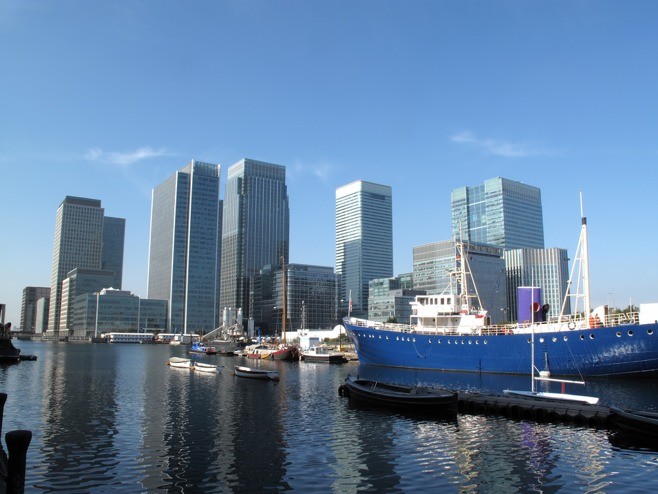 Photo credit: Tony Baggett / Shutterstock
Photo credit: Tony Baggett / Shutterstock
What are the commercial property classifications?
The different types of commercial buildings are divided into classes under the Town and Country Planning (Uses Classes) Order of 1987, which determines how each of the commercial property types should be occupied. Each type of commercial building has their use defined by their local authority, known as “use classes”, and any business carried out in the commercial building must be in line with its planning use, otherwise you may be fined.
If you aim to renovate the building or alter its intended use, you may require planning permission from your local planning authority (LPA).
For example, a property with A3 usage can be used for “the sale of food or drink for consumption on the premises or of hot food for consumption off the premises”.
This property classification system can help in two significant ways:
- The planners for an area can ensure that an area doesn’t include specific property types to reduce the number of complaints – for instance, no pubs.
- It identifies what type of business they are allowed to move into the premises.
What are the commercial property use classes found in the UK?
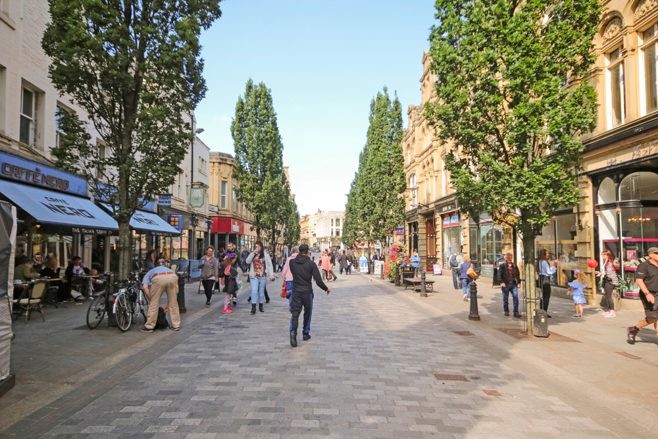 Photo credit: Alastair Wallace / Shutterstock
Photo credit: Alastair Wallace / Shutterstock
A1 – Shops
The are allowed for use for all or any of the following purposes:
- for the retail sale of goods other than hot food
- as a post office
- for the sale of tickets or as a travel agency
- for the sale of sandwiches or other cold food for consumption off the premises
- for hairdressing
- for the direction of funerals
- for the display of goods for sale
- for the hiring out of domestic or personal goods or articles
- for the reception of goods to be washed, cleaned or repaired
A2 – Financial and Professional Services
Use for:
- financial services (e.g. banks)
- professional services (other than health or medical services)
- any other services (including use as a betting office) which it is appropriate to provide in a shopping area
A3 – Food and Drink
For the sale of food and drink for consumption on the premises:
- restaurants, snack bars, cafés, shops for sale of hot food
A4 – Drinking Establishments
Buildings where the primary purpose is the sale and consumption of alcoholic drinks on the premises:
- public houses (pubs), wine bars
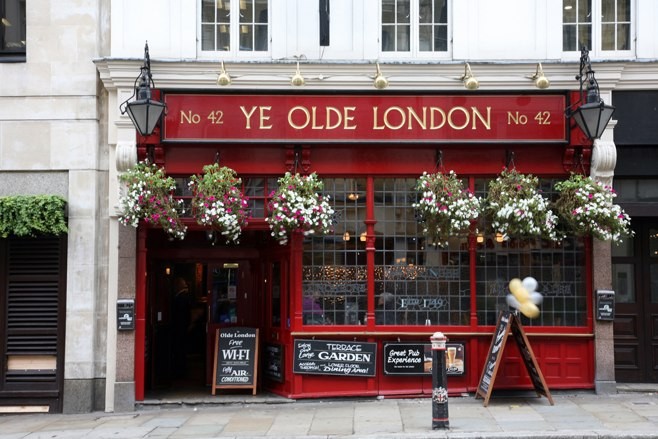 Photo credit: Bikeworldtravel / Shutterstock
Photo credit: Bikeworldtravel / Shutterstock
A5 – Hot Food Take-away
Premises where the primary purpose is the sale of hot food for consumption off the premises.
B1 – Business
For all or any of the following purposes:
- offices not classified within A2
- for research and development studios
- for any industrial process (e.g. laboratories or high-tech industries)
B2 – General Industrial
General industrial use for the carrying on of an industrial process other than one falling within class B1, or within classes B3 to B7.
B8 – Storage and Distribution
Use for:
- wholesale warehouse, distribution centres, repositories
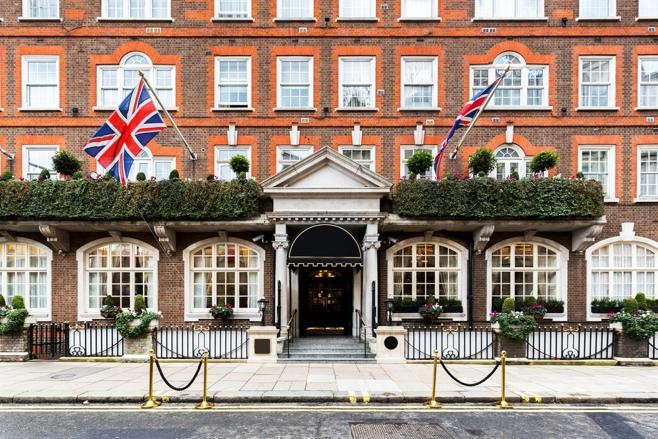 Photo credit: Graphical_Bank / Shutterstock
Photo credit: Graphical_Bank / Shutterstock
C1 – Hotels
Use as a:
- hotel, boarding or guest house
C2 – Residential Institutions
Use for:
- boarding schools, residential colleges and training centres
- residential care homes, hospitals, nursing homes
C3 – Dwelling Houses
This is formed of 3 parts:
- use by a single person or a family (a couple whether married or not, a person related to one another with members of the family of one of the couple to be treated as members of the family of the other), an employer and certain domestic employees (such as an au pair, nanny, nurse, governess, servant, chauffeur, gardener, secretary and personal assistant), a carer and the person receiving the care and a foster parent and foster child.
- up to six people living together as a single household and receiving care e.g. supported housing schemes such as those for people with learning disabilities or mental health problems.
- groups of people (up to six) living together as a single household. This allows for those groupings that do not fall within the C4 HMO definition, but which fell within the previous C3 use class, to be provided for i.e. a small religious community may fall into this section as could a homeowner who is living with a lodger.
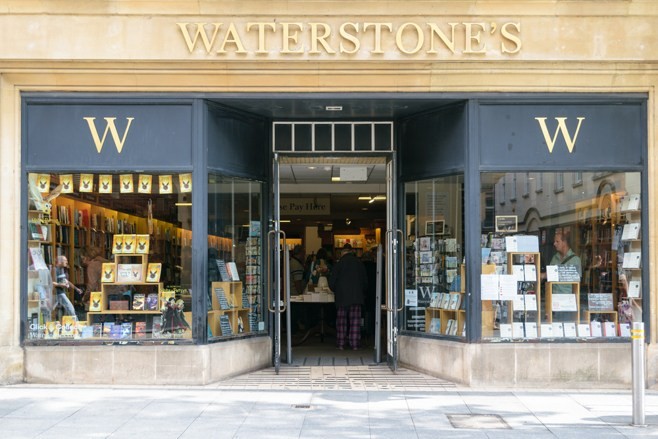 Photo credit: Cristina Nixau / Shutterstock
Photo credit: Cristina Nixau / Shutterstock
F1/D1 – Non-residential Institutions
(Please note, D1 properties are now referred to as use class F1, as well as some elements of use class E - read more about the new use class changes here).
Any use, not including residential:
- places of worship, church halls
- clinics, health centres, crèches, day nurseries, consulting rooms
- museums, public halls, libraries, art galleries, exhibition halls
D2 – Assembly and Leisure
Use as:
- cinemas, music and concert halls
- dance, sports halls, swimming baths, skating rinks, gymnasiums
- other indoor and outdoor sports and leisure uses, such as bingo halls, casinos
Sui-Generis
Where uses do not fall within the main classes, they are classified as “sui-generises”. This includes buildings like theatres, nightclubs, scrap yards, petrol filling stations, launderettes etc
Deciding whether to buy or rent can be tricky. If you're looking to invest in commercial property, then follow our comprehensive guide to buying commercial property. Alternatively, if you wish to rent instead, read our renting commercial property guide.
If you need some more information, do not hesitate to get in contact with us at Savoy Stewart.
Feature image credit: Tony Baggett / Shutterstock